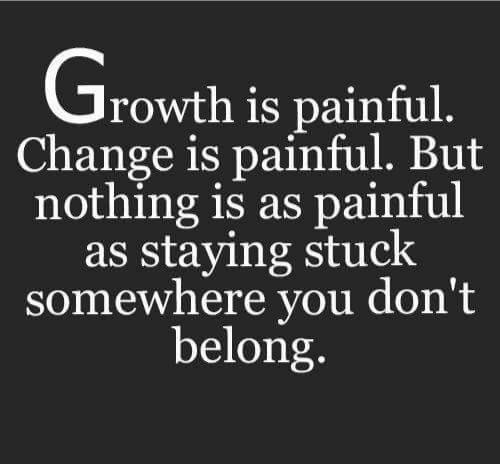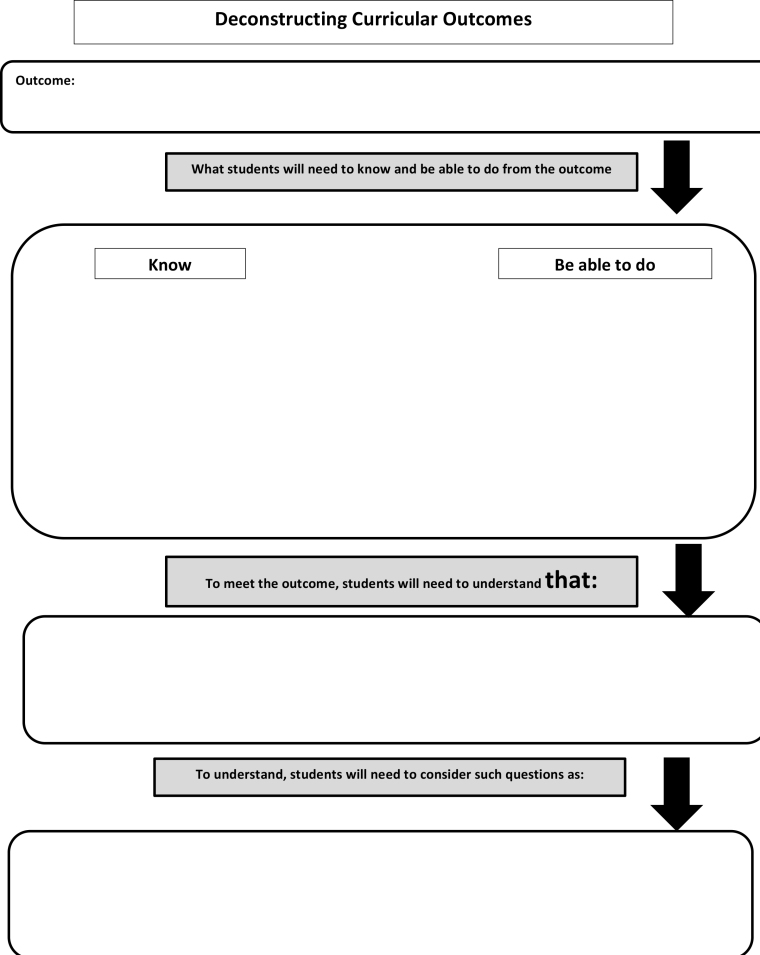I found this TED Talk after I completed this blog entry, and I just had to share it. Being a responsive teacher can take many forms as noted in the TED Talk. I hope that someday, before I retire, our schools can be freed from repressive structures that inhibit authentic and relevant student learning. I hope to see the day where all high school students view learning as an exciting aspect of school versus viewing learning as something being done to them.
Focus on Teaching Rather Than Learning
I have been reflecting on what I need to improve upon in order to foster a more responsive teaching culture in my school. So, I started to retrace my steps, which led me back to Rick Dufour’s work on professional learning communities (PLCs). I found this handout online which outlines succinctly the features that define a PLC. Click here to view the article. The Reader’s Digest version of the article is below.
A school staff:
- must focus on learning rather than teaching
- work collaboratively on matters related to learning,
- hold its members accountable for the kind of results that fuel continual improvement.
Epiphany #1- Learning VS teaching
KEY QUESTIONS TO GUIDE PLC WORK
- What do we want each student to learn?
- How will we know when each student has learned it?
- How will we respond when a student experienced difficulty in learning?
- How will we respond if they already know it?
Much of my work to date has focused on question #1 and #2. I need to facilitate my staff through question one and two in a more timely manner because questions #3 & #4 have the greatest impact on student growth. Responsive teaching requires a lot of hard work, perseverance, and a willingness by teachers to change instructional practices, particularly when some strategies, such as flexible groupings, may require more teacher time from a preparation standpoint.
Early in my career as a classroom teacher, I somehow developed an understanding (don’t know where or when) that my primary job was to teach the curricula. I could not necessarily stop the bus to ensure that ALL students had acquired the essential learning target requirements because I HAD to cover the curricula. Now grant it, I didn’t have a team from which prioritized curricula learning targets had been created, but even with this, I am pretty certain that the focus of my work would still have been on teaching versus student learning. Wiggins and McTighe discuss this reality in their publication, Understanding by Design. When I was introduced to this publication, light bulbs to started to flash in my head and dozens of questions followed. The following are just a few of the questions that rolled through my brain:
- What is the point of covering the curriculum? Don’t we want students to understand what is essential to know, do and understand 40 months and 40 years from now?
- Shouldn’t we have clear essential learning targets that teachers and students collaboratively establish?
- Why do we invest so much time on getting learners to know versus having them understand essential learning targets?
- Shouldn’t the work of kids be embedded in authentic and relevant work versus learning stuff that is nice to know ?
- Isn’t the success of ALL learners are our business?
Epiphany #2-Data Gathering
One key aspect of improving student capacity is getting accurate data on what learners need to improve upon. DuFour’s work has identified the important role data should play in developing instructional plans for a classroom. The use of an inquiry feedback loop is integral to their PLC conception. It is this feedback loop that provides teachers with the opportunities to collectively work at closing gaps in student’s learning. Data can come from teachers compilation of formative and summative assessment information, student self- and peer reflection, and other data collection tools. Student voice surveys and luncheons are another way of extracting data to gather information on student needs. One must know the purpose for data collection and then utilize the appropriate instrument to collect the data. Once a team collects data, one needs to analyze what the data is indicating. This is something that typically didn’t happen too often in my classroom. You see, I was a collector of data during my days as a middle years and high school classroom teacher, not a critical data analyzer. I was too busying racing through the curriculum. I didn’t have time to analyze whether what I was doing on a daily basis was meeting the needs of EVERY student in the classroom. I don’t think that my narrative is unique. I most often missed out on answering the following questions:
- What am I going to do with data results?
- How will the data drive instructional change to better serve my students?
Examining student performance data in relation to essential learning target is something that I need to do more of with my teacher teams. I need to be able to clearly identify / pinpoint what particular curricular concept or skill the student(s) is/are struggling with. Without this clarity, our work will simply focus on teaching versus closing student learning gaps connected to specific curricula knowledge and skills. By taking time to examine data, we need to generate learner-centered questions around what roadblock might be impeding student learning. Questions that might arise could look like:
- Are the struggles of some students connected to literacy or numeracy issues?
- Are other struggles connected to the way the concept or skill is being instructed in the classroom?
- Does the data indicate that students need more time to practice and that they require verbal and written feedback to clarify their understanding?
I need to provide more time for my teams to strategically and collaboratively select learning strategies that have the potential to address individual student learning needs. As well, staff need time to test the effectiveness of these strageties, and most importantly, come back together to discuss their effectiveness. We also need to consider what our next steps might look like. Basically, this process is an inquiry feedback loop. I am stuck on how I can help create this type of feedback loop environment when my teachers already have a jam-packed day. I need to think about how I could realistically bring about such an environment. This brings me to Epiphany #3.ons
Epiphany#3- Regular meeting time
I presently have six department teams that I work with. Our work is focused upon curriculum, instruction, and assessment. I will be adding another four more departments to my portfolio next year. Our present school structures provides block meeting time. We usually meet once a month, with the exception of the beginning or end of a semester. From my work as a staff development specialist, in two high schools, I have come to the realization that teams need to meet more regularly to collectively grow responsive teaching skills. I think that teams need to meet at least once every two weeks to debrief and strategize on next steps. Without regular contact, the momentum that is developed in our block planning time is lost, and there is limited analysis on whether our actions or interventions are making a difference. I plan on discussing this with my team members and getting their insight into how we might address this challenge. I do know that block time does provide the opportunity for the team to roll up their sleeves and get deep into our instructional work. I see a purpose in still having this type of structure in our PLC format, but I also see the need for more regular contact time, which I think would be less than an hour in length, to examine the effectiveness of our targetted intervention.
Epiphany #4-Shared leadership
In order for a PLC to work, teachers need to take on more shared leadership roles. I am a control freak, and this is something that I need to change in my role as a facilitator. Often in a department, one teacher selflessly takes on the unofficial or maybe an official role of being a department head teacher. Having been in the business for 23 years, this structure DOES NOT develop systemic leadership capacity within a department, if anything it burns out the volunteer teacher who takes on that role. I need to engage more teachers in leadership opportunities particularly those who are introverts and new to the department
Parting Words
I have some work to do in transforming my learning groups into professional learning communities. I need to constantly refer to the Four Key PLC questions to guide my work. My teachers and I constantly need to look at our work through these four lenses. I recognize this will not happen overnight nor will it be an easy task for myself or for some of my fellow team members, but I know that I am lucky to work with great people. I strongly believe that they see value in perusing the following mission- Every Child, Every Day, No Matter What It Takes!
Comments are greatly appreciated.
All the best as we zoom into June/Juen!
Ingrid
Below is more PLC information that I have gathered.
BIG IDEA #1-ENSURING THAT STUDENTS’ LEARN
“teachers become aware of the incongruity between their commitment to ensure learning for all and their lack of a coordinated strategy to respond when some students do not learn.”
KEY QUESTIONS TO GUIDE PLC WORK
- What do we want each student to learn?
- How will we know when each student has learned it?
- How will we respond when a student experienced difficulty in learning?
- How will we respond if they already know it?
BIG IDEA #2 A CULTURE OF COLLABORATION
“They create structures to promote the powerful, collaborative culture that characterizes a PLC: a systematic process in which teachers work together in teams to analyze and improve their class
room practice, engaging in an ongoing cycle of questions that promote deep team learning.”
BIG IDEA #3 A FOCUS ON RESULTS
“Educators who focus on results must also shift their attention to goals that focus on student learning. They must stop assessing their own effectiveness based on how busy they are and instead ask, “Have we made progress on the goals that are most important to student growth?”




